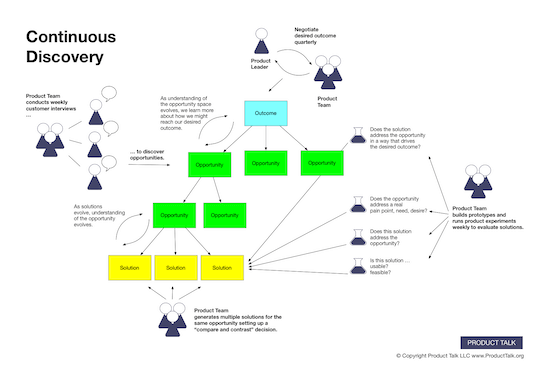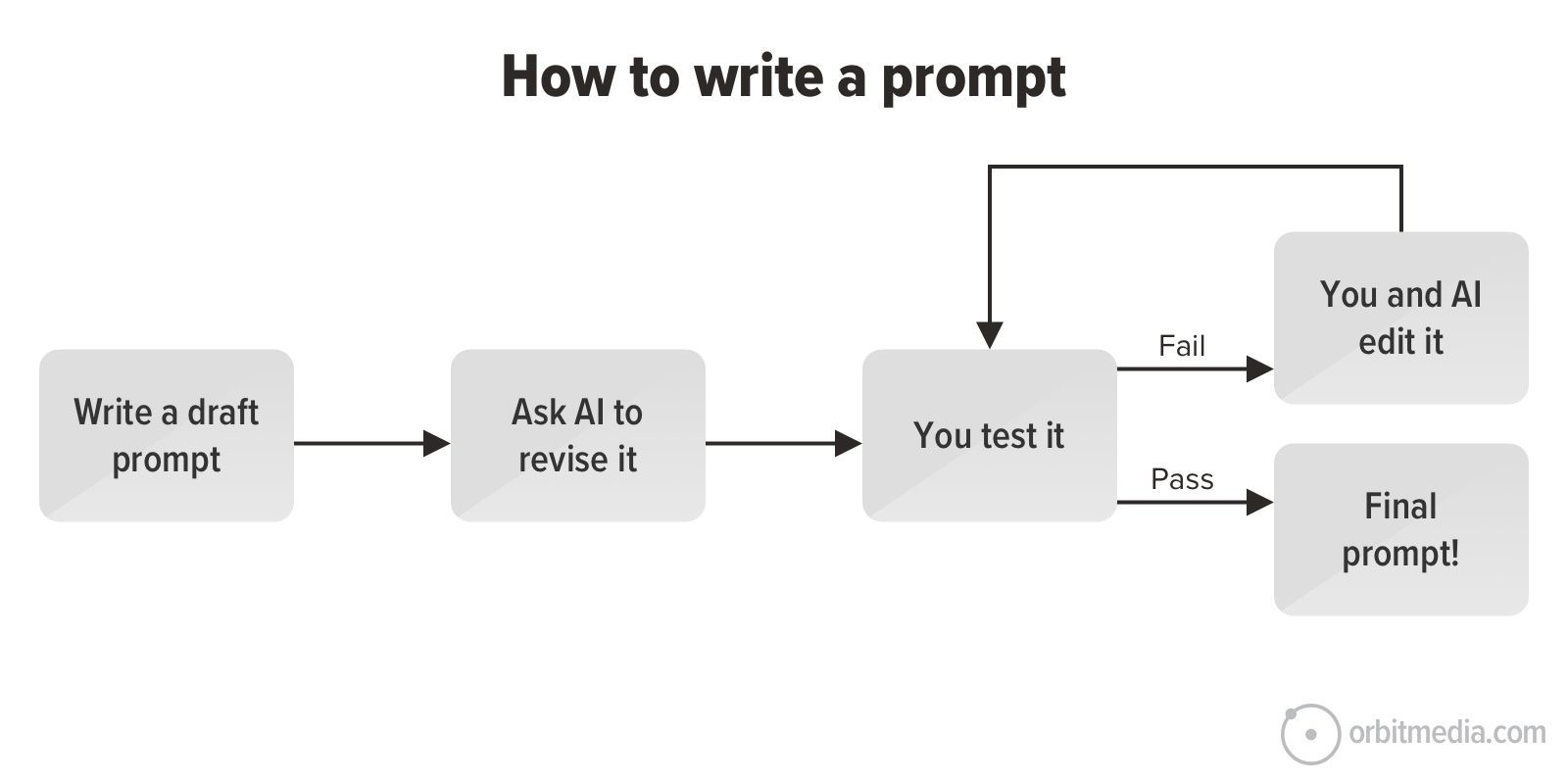How to Dispute an Insurance Claim Denial (Step-by-Step Guide)

Dealing with an insurance claim denial can be frustrating, especially when you’re counting on that payout to cover medical bills, car repairs, or property damage. However, a denial doesn’t always mean the end of the road. Many claims are wrongfully rejected, and policyholders have the right to dispute the decision.
In this guide, we’ll walk you through the step-by-step process of disputing an insurance claim denial effectively.
Step 1: Understand the Reason for Denial
Before taking any action, review the denial letter from your insurance company. Insurers are legally required to provide a clear explanation for claim rejections. Common reasons include:
-
Policy Exclusions – The claim isn’t covered under your plan.
-
Missing or Incorrect Information – Errors in the application or insufficient documentation.
-
Late Filing – The claim was submitted after the deadline.
-
Lack of Medical Necessity (for health insurance) – The treatment wasn’t deemed essential.
Once you identify the reason, you can build a stronger case for your appeal.
Step 2: Gather Supporting Documents
To strengthen your dispute, collect all relevant evidence, such as:
-
The original claim submission
-
The denial letter
-
Medical records, repair estimates, or police reports (if applicable)
-
Correspondence with the insurance company
-
Policy documents highlighting coverage terms
Organizing these documents will help you present a clear and compelling argument.
Step 3: Contact Your Insurance Provider
Sometimes, claim denials result from simple misunderstandings. Before filing a formal appeal:
-
Call your insurer’s customer service to clarify the issue.
-
Ask for a supervisor if the representative can’t resolve it.
-
Request a review if the denial was due to an administrative error.
Many disputes are resolved at this stage without further escalation.
Step 4: File a Formal Appeal
If the issue persists, submit a written appeal. Here’s how:
-
Write a Dispute Letter – Clearly state why the denial should be reconsidered, referencing policy terms and supporting documents.
-
Submit Additional Evidence – Include any new proof that strengthens your case.
-
Follow Deadlines – Most insurers have a time limit for appeals (usually 30-180 days).
Send the appeal via certified mail to ensure proof of delivery.
Step 5: Escalate to External Review (If Needed)
If the internal appeal fails, you may have additional options:
-
State Insurance Department Complaint – File a complaint with your state’s insurance regulator.
-
Independent Medical Review (For Health Claims) – Some states allow third-party reviews.
-
Legal Action – Consult an attorney if the claim involves a significant amount.
Step 6: Stay Persistent and Document Everything
Insurance disputes can take time, so:
-
Keep copies of all communications.
-
Follow up regularly with the insurer.
-
Be prepared to provide additional information if requested.
Final Thoughts
Disputing an insurance claim denial requires patience and thoroughness, but many policyholders successfully overturn rejections by following these steps. Always review your policy details, maintain clear records, and escalate the issue when necessary.
For more expert advice on insurance and financial matters, visit Apnakarobar Online. We’re here to help you navigate complex processes with confidence!
















































































































![Building A Digital PR Strategy: 10 Essential Steps for Beginners [With Examples]](https://buzzsumo.com/wp-content/uploads/2023/09/Building-A-Digital-PR-Strategy-10-Essential-Steps-for-Beginners-With-Examples-bblog-masthead.jpg)















![How to Use GA4 to Track Social Media Traffic: 6 Questions, Answers and Insights [VIDEO]](https://www.orbitmedia.com/wp-content/uploads/2023/06/ab-testing.png)



































